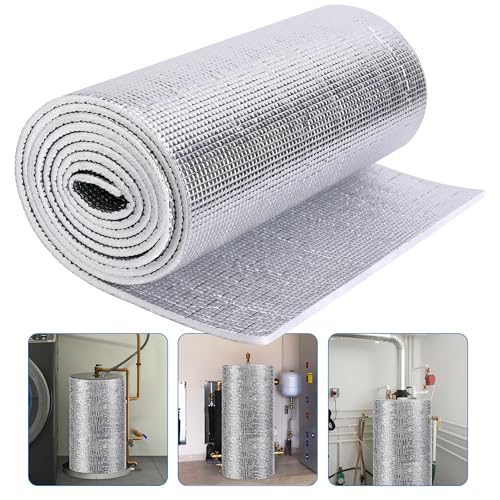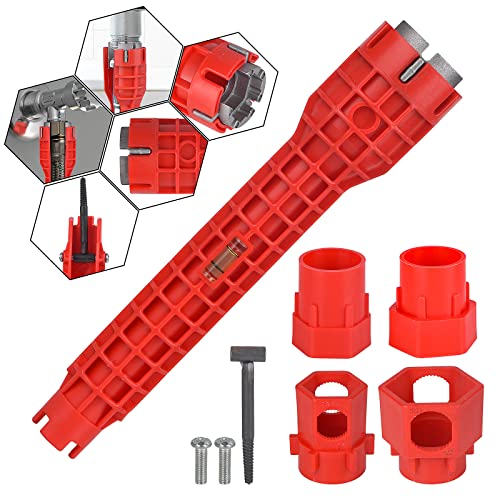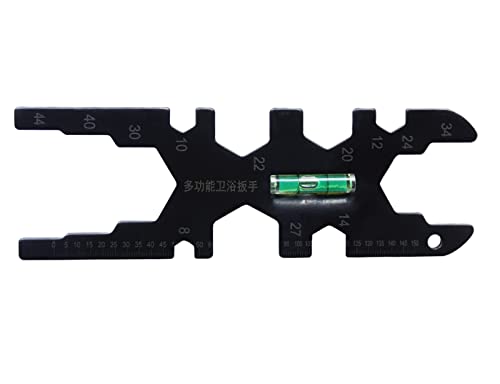ColdWaterSandwich
Member
Hi folks,
I've got a professionally-installed Rinnai RUR199iN, which has worked pretty well since it was installed over 4 years ago, including a dedicated recirculation line around the basement (~50 feet or so total), set to comfort mode. It's properly vented, gets enough natural gas, and has a clear condensate drain line. I descale it with vinegar yearly, most recently just a month ago. My water is whole-house softened and has very little calcium in it.
However, I've always suffered from "cold water sandwich" intermittently, either when taking a shower or in some other circumstances. I've gradually started to monitor the situation to learn more about the causes (and potential solutions), and via putting a temp monitor on the outgoing hot water pipe have been able to follow trends in how it operates (I get just one reading a minute from a SensorPush temp monitor which has been extracted from the plastic shell and the sensor placed on the outside of the hot water pipe... this logs trends but is inherently laggy).
The problem has been worse recently, probably because of the extremely cold December/January we had here. The input water temperature is down to 49F, whereas usually I think it's well into the 50s.
The most common scenario is the following:
1. Someone is taking a shower; water is nice and warm and constant
2. Someone else at a sink uses hot water for something like washing hands or rinsing a dish
3. They turn off the sink hot water.
4. Hot water temperature at the shower plummets, taking several minutes (sometimes 5-6 mins) to return to normal
I've now got a camera pointed at the unit and the timer controller, and yesterday got good data to show what's happening: When someone briefly increases the water draw, then shuts it off, the Rinnai turns off the flame for anywhere from 5-30 seconds before restarting. This introduces a super cold sandwich of tap-cold water. With the camera I can watch realtime the flame indicator on the controller as well as the outgoing water temperature as measured by the Rinnai using the conditions view (parameter 2 on the down-button/on-off switch diagnostics).
So, here's what I see for each of the above steps:
1. Starting point the outgoing temp reads close to the temperature set point (I've got it at 125F), steady flame icon (assume Rinnai is measuring 1.7 GPM)
2. As soon as someone opens a sink hot water tap, outgoing water temp drops to about 100 or so (assume hot water draw is now ~2.4 GPM). If the sink water remains on for ~30 seconds the temp will start to rebound
3. Within a few seconds of the person turning off the sink tap, the flame icon turns off. Output temp quickly drops through the 90s into the 80s. Eventually (5-30 seconds, typically about 20 seconds or so) the flame icon comes back on and the temps start climbing again, but it can take up to 5 minutes to get back to the set point.
4. Meanwhile, the cold water sandwich has made the shower unpleasant...
I'm at a loss to understand why the system is programmed to turn off the flame when the hot water flow drops by a just a third or so, particularly given the output temp is below setpoint at the time. Even if the system is creating too much heat for the new water flow rate, the bypass valve should handle tempering, I would think.
My system doesn't have any internet connectivity or even a USB port as far as I'm aware; could there be some firmware update that might address this problem? Googling for it talks about an update for the wifi controller (which I don't have) but I haven't seen any talk about firmware updates for the actual heater.
Any other troubleshooting tips for this? I've watched all the useful diagnostic parameters (bypass valve, temperature, flow rate, etc) and can't see any suggestion of some part of the system not operating "properly" ... I think all the parts are operating ok, just the way the thing is programmed seems a bit wonky. I'm also surprised by how long it takes to restore full temperature output once the flame kicks back on.
I will call Rinnai this week, but also wanted to get input from the very knowledgeable folks here. I've been a lurker for a while! Looking forward to contributing now that I'm a member.
PS: The installer who did my system has since retired; I was his first Rinnai (but he had done lots of Naviens)
I've got a professionally-installed Rinnai RUR199iN, which has worked pretty well since it was installed over 4 years ago, including a dedicated recirculation line around the basement (~50 feet or so total), set to comfort mode. It's properly vented, gets enough natural gas, and has a clear condensate drain line. I descale it with vinegar yearly, most recently just a month ago. My water is whole-house softened and has very little calcium in it.
However, I've always suffered from "cold water sandwich" intermittently, either when taking a shower or in some other circumstances. I've gradually started to monitor the situation to learn more about the causes (and potential solutions), and via putting a temp monitor on the outgoing hot water pipe have been able to follow trends in how it operates (I get just one reading a minute from a SensorPush temp monitor which has been extracted from the plastic shell and the sensor placed on the outside of the hot water pipe... this logs trends but is inherently laggy).
The problem has been worse recently, probably because of the extremely cold December/January we had here. The input water temperature is down to 49F, whereas usually I think it's well into the 50s.
The most common scenario is the following:
1. Someone is taking a shower; water is nice and warm and constant
2. Someone else at a sink uses hot water for something like washing hands or rinsing a dish
3. They turn off the sink hot water.
4. Hot water temperature at the shower plummets, taking several minutes (sometimes 5-6 mins) to return to normal
I've now got a camera pointed at the unit and the timer controller, and yesterday got good data to show what's happening: When someone briefly increases the water draw, then shuts it off, the Rinnai turns off the flame for anywhere from 5-30 seconds before restarting. This introduces a super cold sandwich of tap-cold water. With the camera I can watch realtime the flame indicator on the controller as well as the outgoing water temperature as measured by the Rinnai using the conditions view (parameter 2 on the down-button/on-off switch diagnostics).
So, here's what I see for each of the above steps:
1. Starting point the outgoing temp reads close to the temperature set point (I've got it at 125F), steady flame icon (assume Rinnai is measuring 1.7 GPM)
2. As soon as someone opens a sink hot water tap, outgoing water temp drops to about 100 or so (assume hot water draw is now ~2.4 GPM). If the sink water remains on for ~30 seconds the temp will start to rebound
3. Within a few seconds of the person turning off the sink tap, the flame icon turns off. Output temp quickly drops through the 90s into the 80s. Eventually (5-30 seconds, typically about 20 seconds or so) the flame icon comes back on and the temps start climbing again, but it can take up to 5 minutes to get back to the set point.
4. Meanwhile, the cold water sandwich has made the shower unpleasant...
I'm at a loss to understand why the system is programmed to turn off the flame when the hot water flow drops by a just a third or so, particularly given the output temp is below setpoint at the time. Even if the system is creating too much heat for the new water flow rate, the bypass valve should handle tempering, I would think.
My system doesn't have any internet connectivity or even a USB port as far as I'm aware; could there be some firmware update that might address this problem? Googling for it talks about an update for the wifi controller (which I don't have) but I haven't seen any talk about firmware updates for the actual heater.
Any other troubleshooting tips for this? I've watched all the useful diagnostic parameters (bypass valve, temperature, flow rate, etc) and can't see any suggestion of some part of the system not operating "properly" ... I think all the parts are operating ok, just the way the thing is programmed seems a bit wonky. I'm also surprised by how long it takes to restore full temperature output once the flame kicks back on.
I will call Rinnai this week, but also wanted to get input from the very knowledgeable folks here. I've been a lurker for a while! Looking forward to contributing now that I'm a member.
PS: The installer who did my system has since retired; I was his first Rinnai (but he had done lots of Naviens)


























































